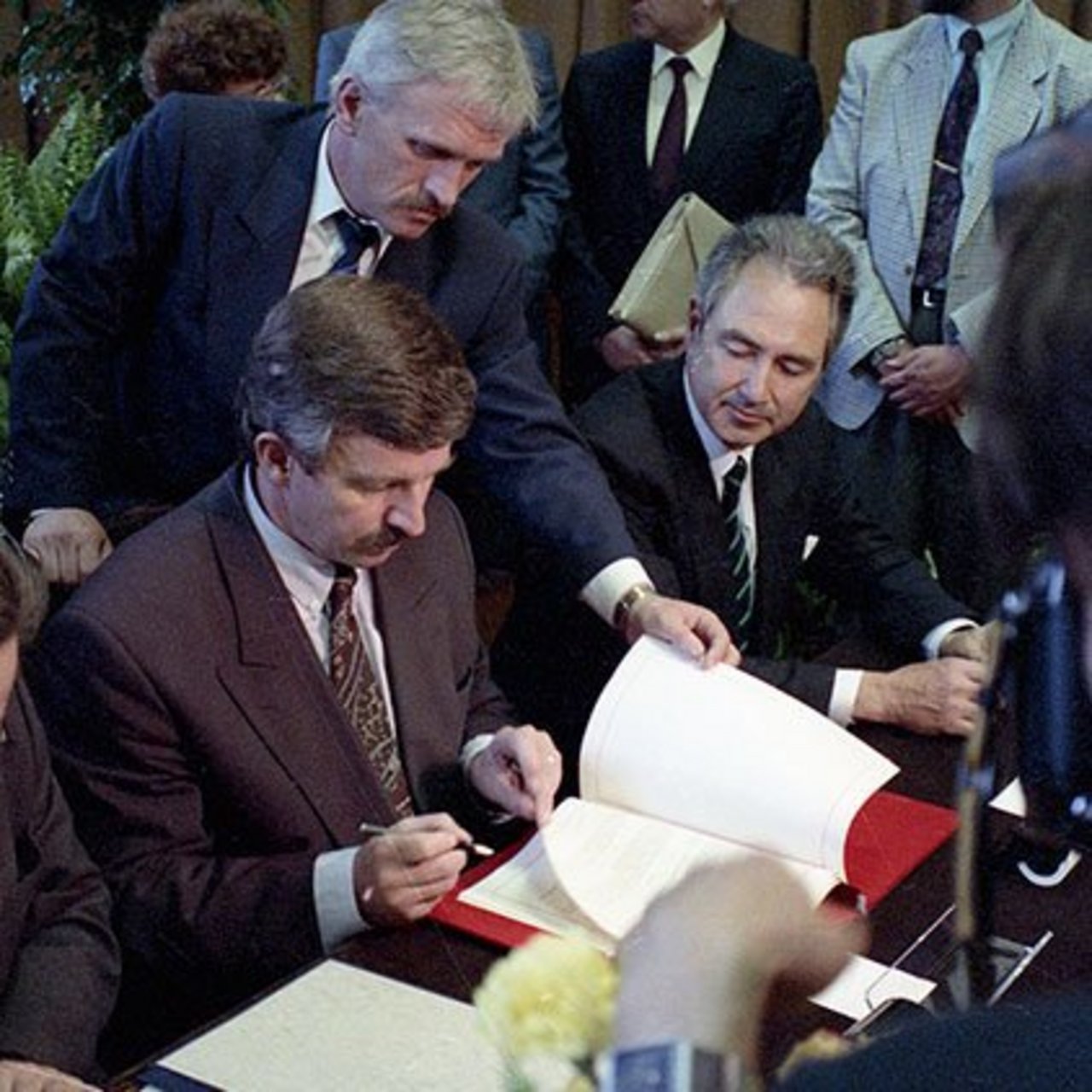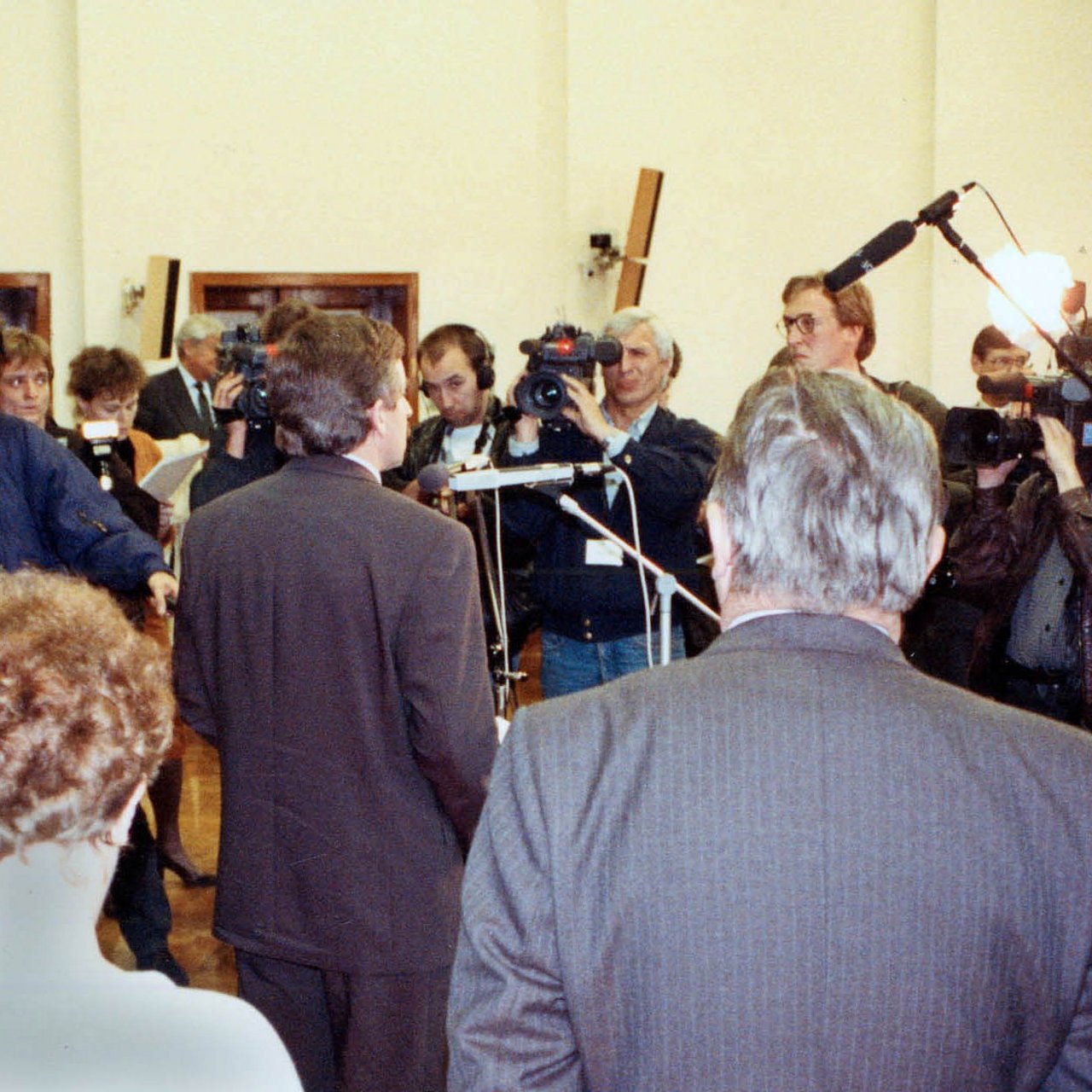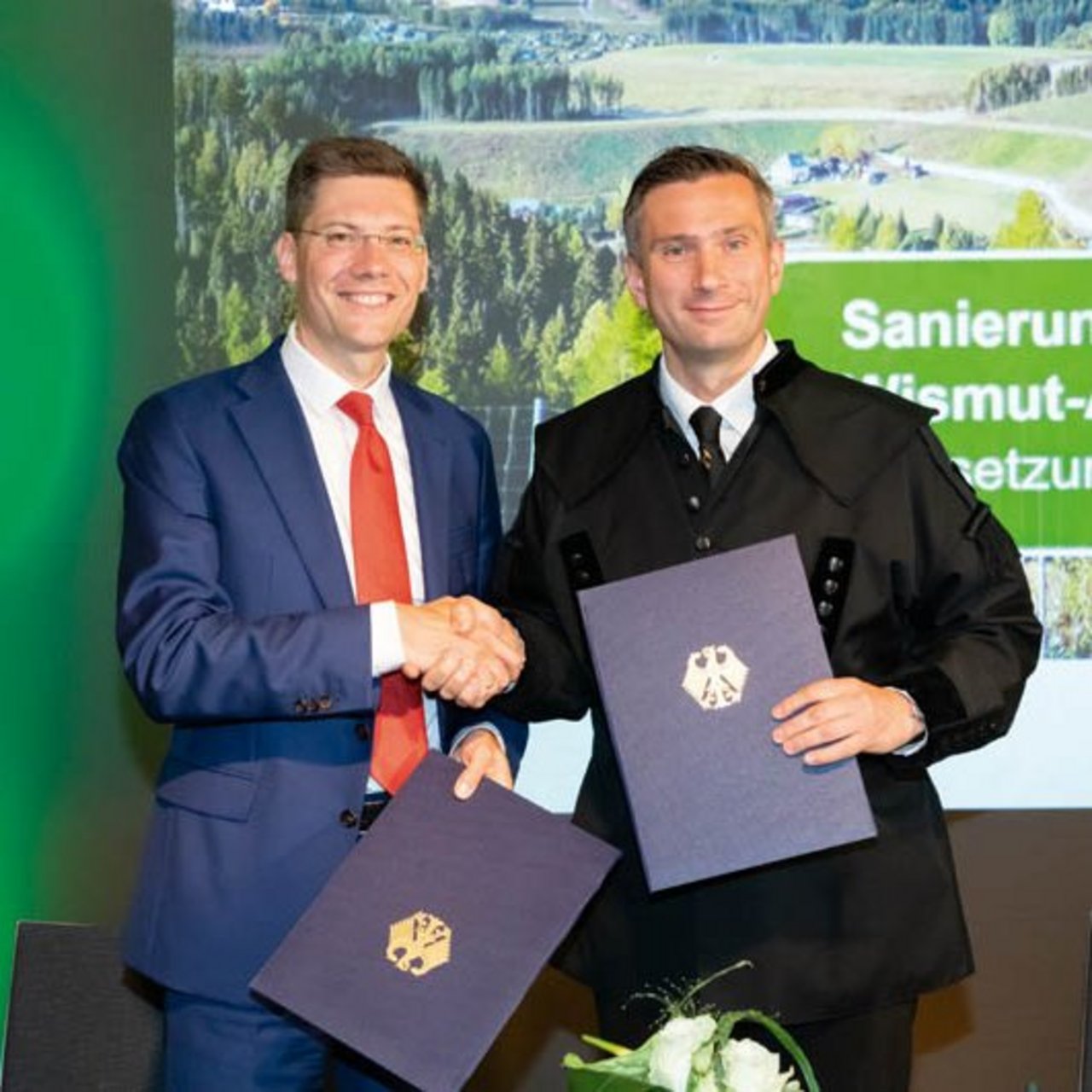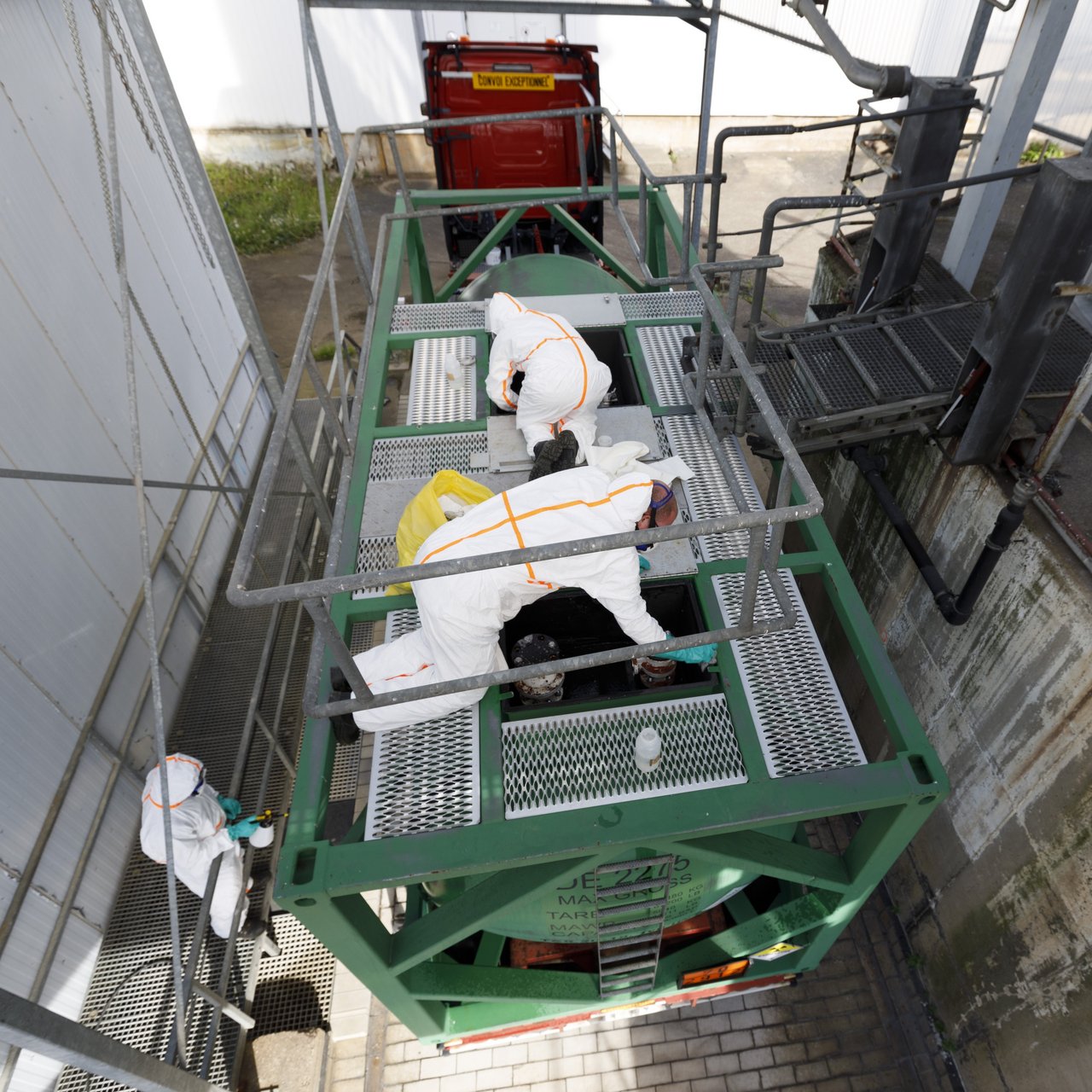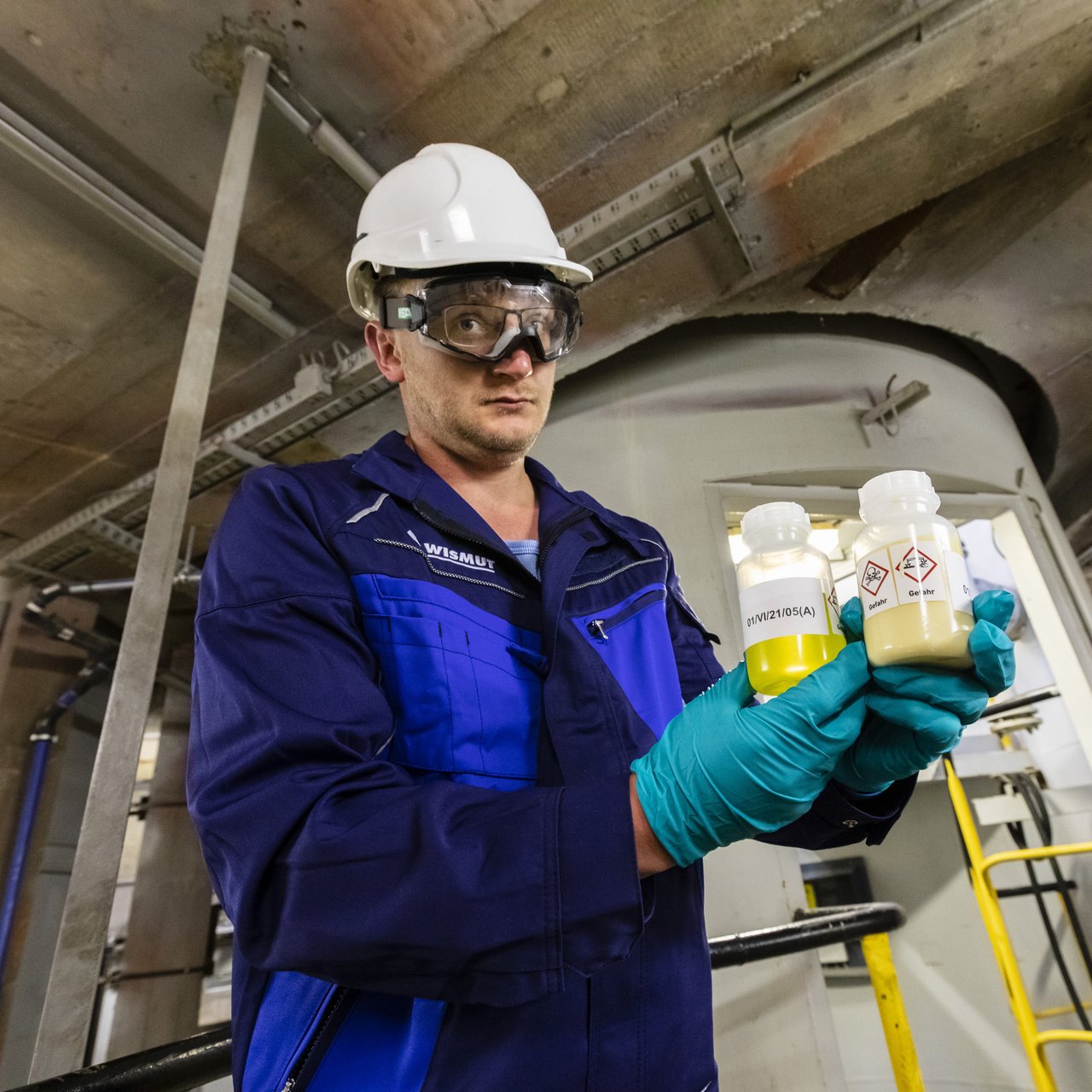The history of Wismut
From its beginnings as a Soviet stock corporation in 1947 to today's Wismut GmbH: a story shaped by world history, environmental destruction, change, innovation and responsibility.
![[Translate to EN:] Atombombe Bild der ersten Atombombe](/fileadmin/_processed_/f/9/csm_atombombe_edeaebb002.jpg)
August 6/9, 1945
The arms race between the superpowers USA and the Soviet Union began with the atomic bombs dropped on the Japanese cities of Hiroshima and Nagasaki
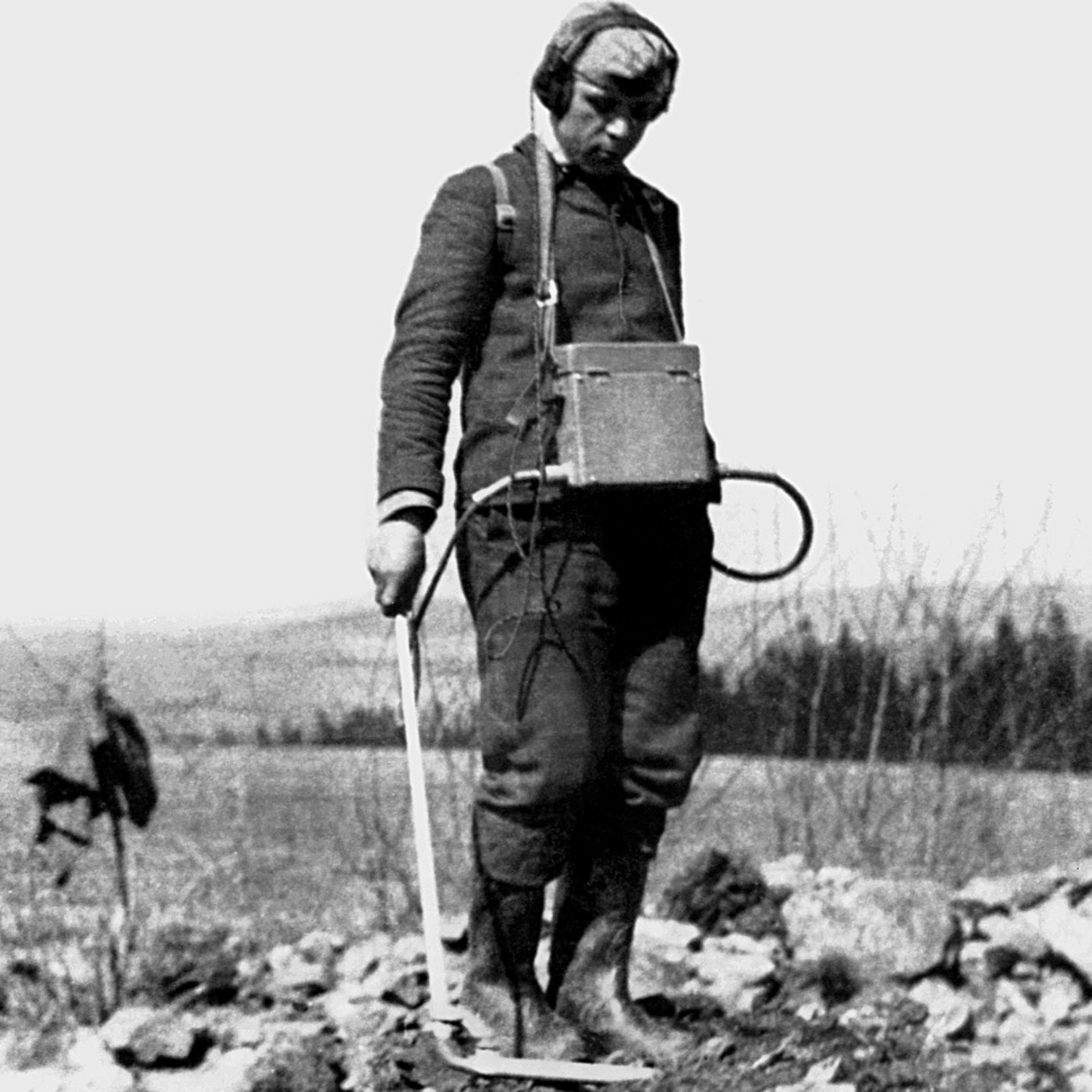
September 14, 1945
Saxon uranium search department founded under Soviet leadership to search for uranium deposits in Schneeberg and Johanngeorgenstadt

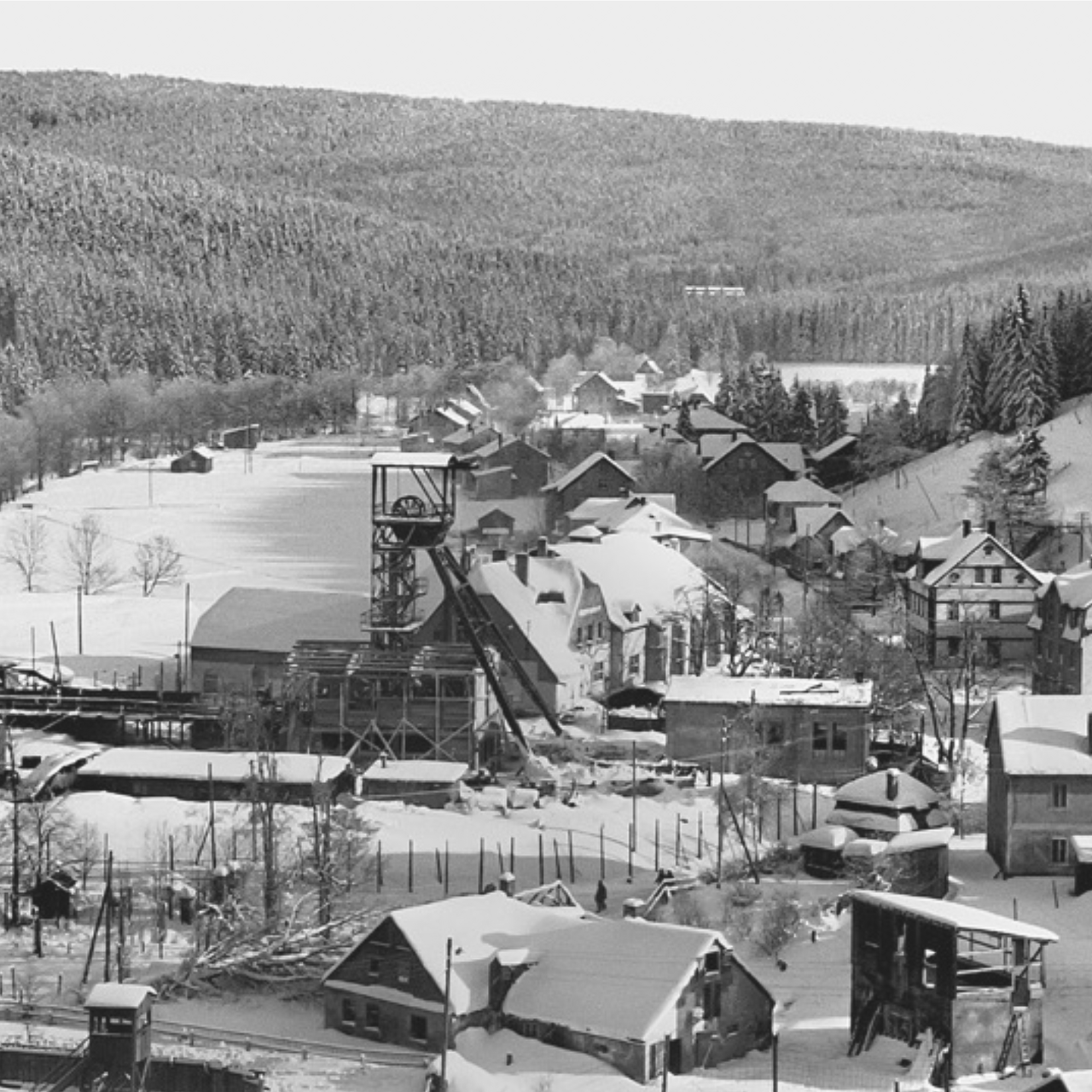
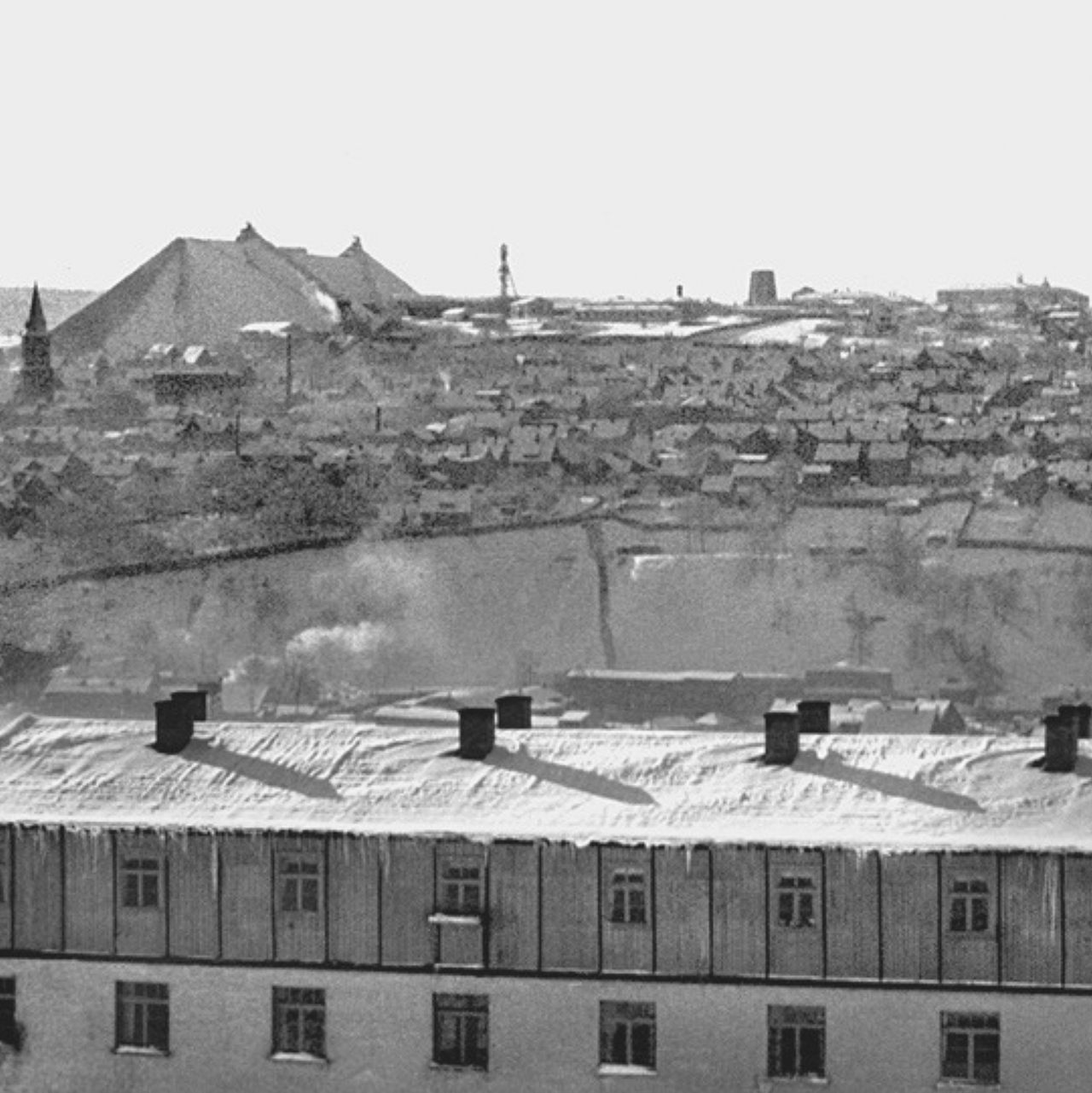
April 1946
The first tons of uranium are mined in Johanngeorgenstadt and Oberschlema (annual production in 1946: 17.2 t of uranium)
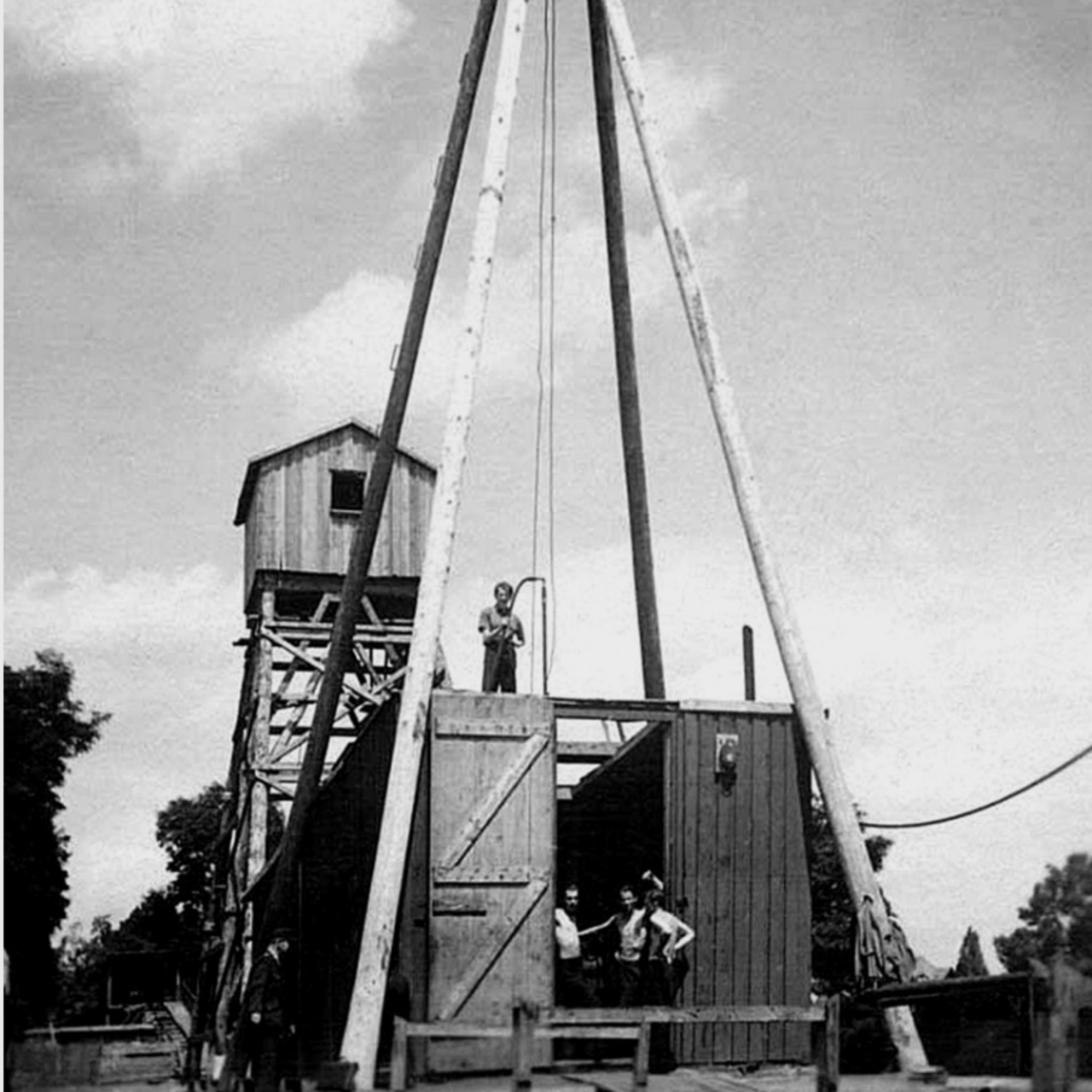
July 29, 1946
In Aue/Saxony, the “Saxon Mining Administration” of the Soviet Joint Stock Company of the Non-ferrous Metal Industry Wismut (SABM Wismut) is created with its headquarters in Moscow
SAG Wismut
SAG
1947 till 1953
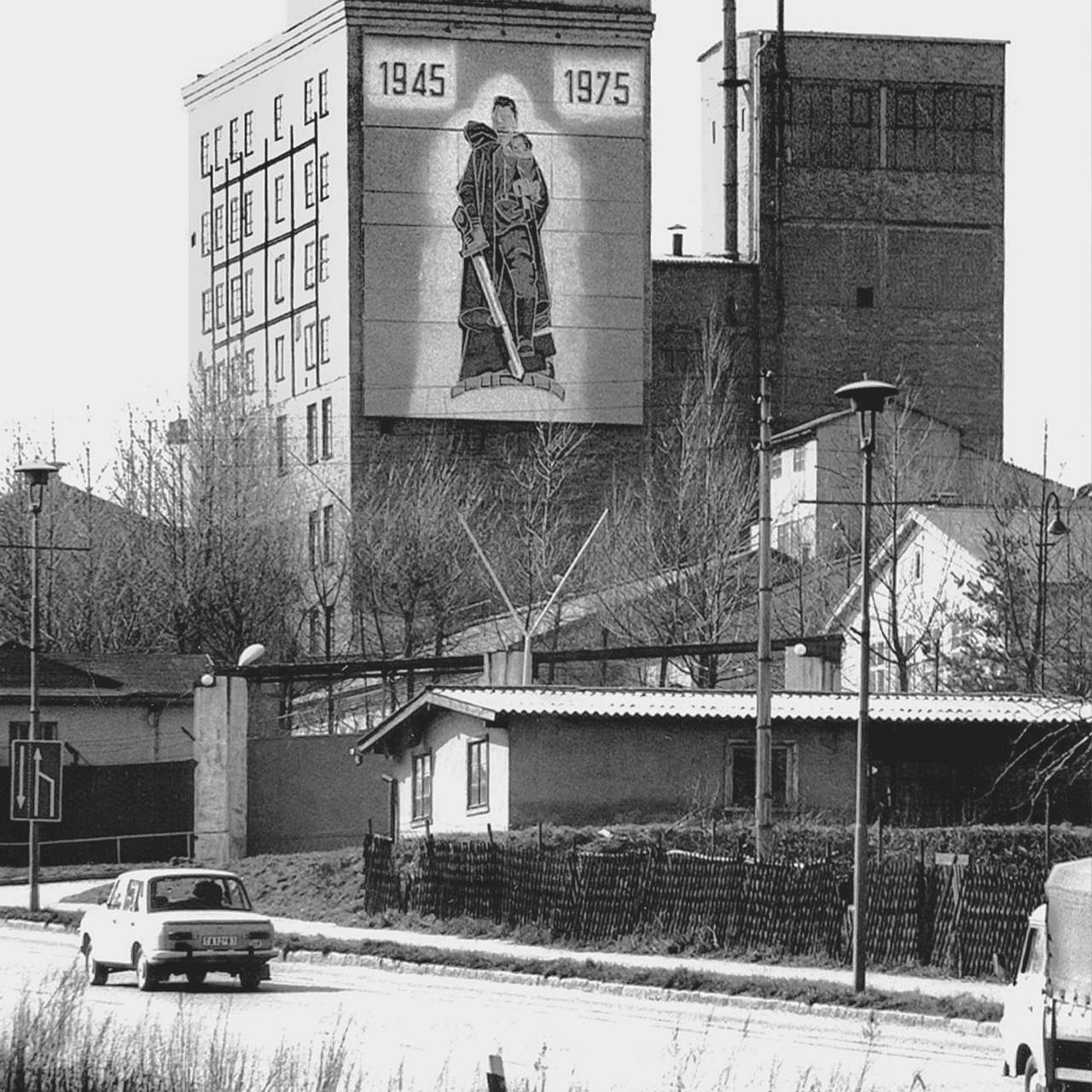
May 10, 1947
To cover reparation claims, German mining companies were transferred to Soviet ownership
July 2, 1947
Formation of the Soviet State Joint Stock Company (SAG) Wismut (commercial register entry)
August 29, 1949
The first Soviet atomic bomb is detonated at the Semipalatinsk test site in northeast Kazakhstan using bismuth uranium from the Ore Mountains
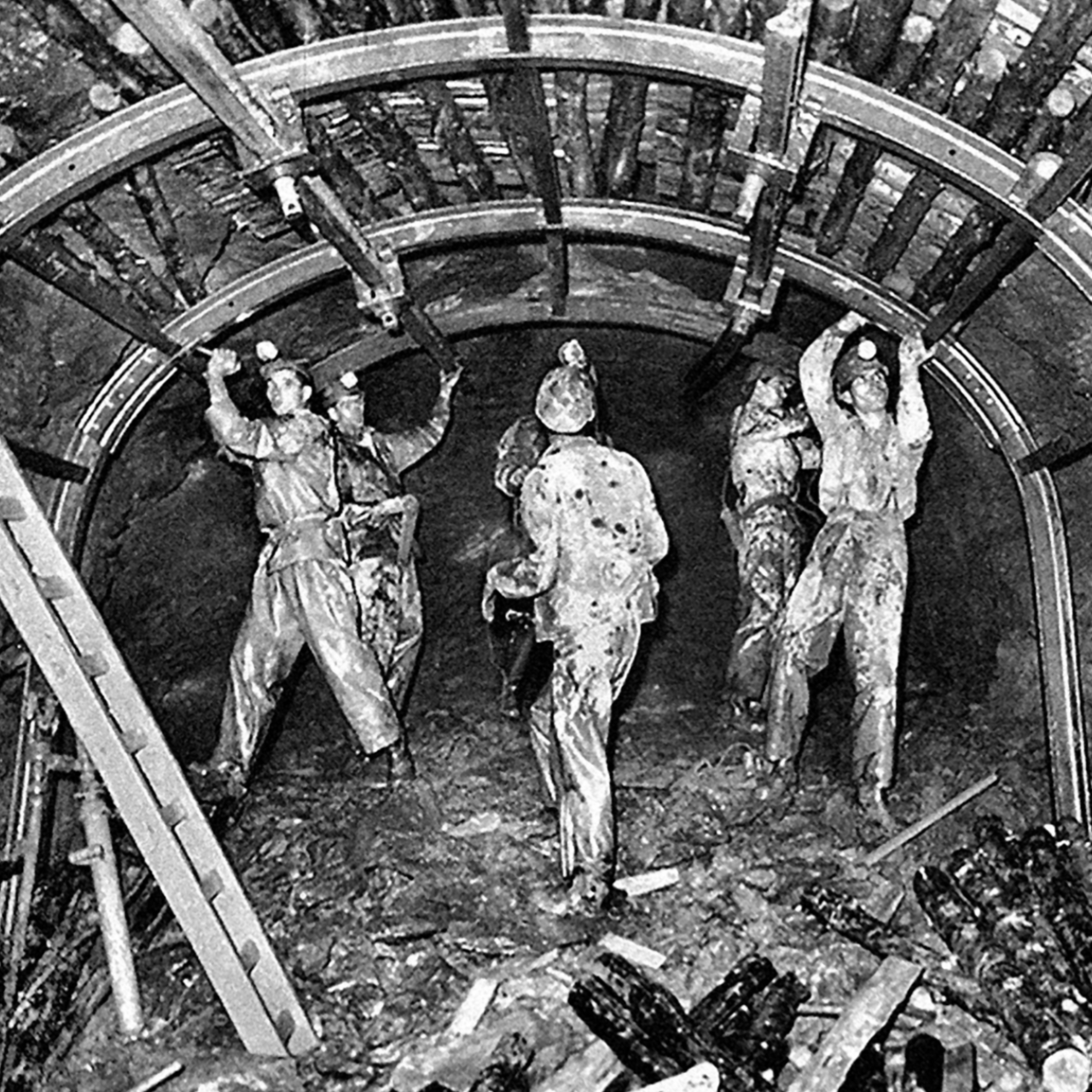
1950/51
With around 200,000 employees – the highest number of employees in Wismut’s history
August 22, 1953
The governments of the USSR and the GDR sign an agreement on the transformation of SAG Wismut into the Soviet-German Joint Stock Company (SDAG) Wismut.
SDAG Wismut
SDAG Wismut
1954 till 1991
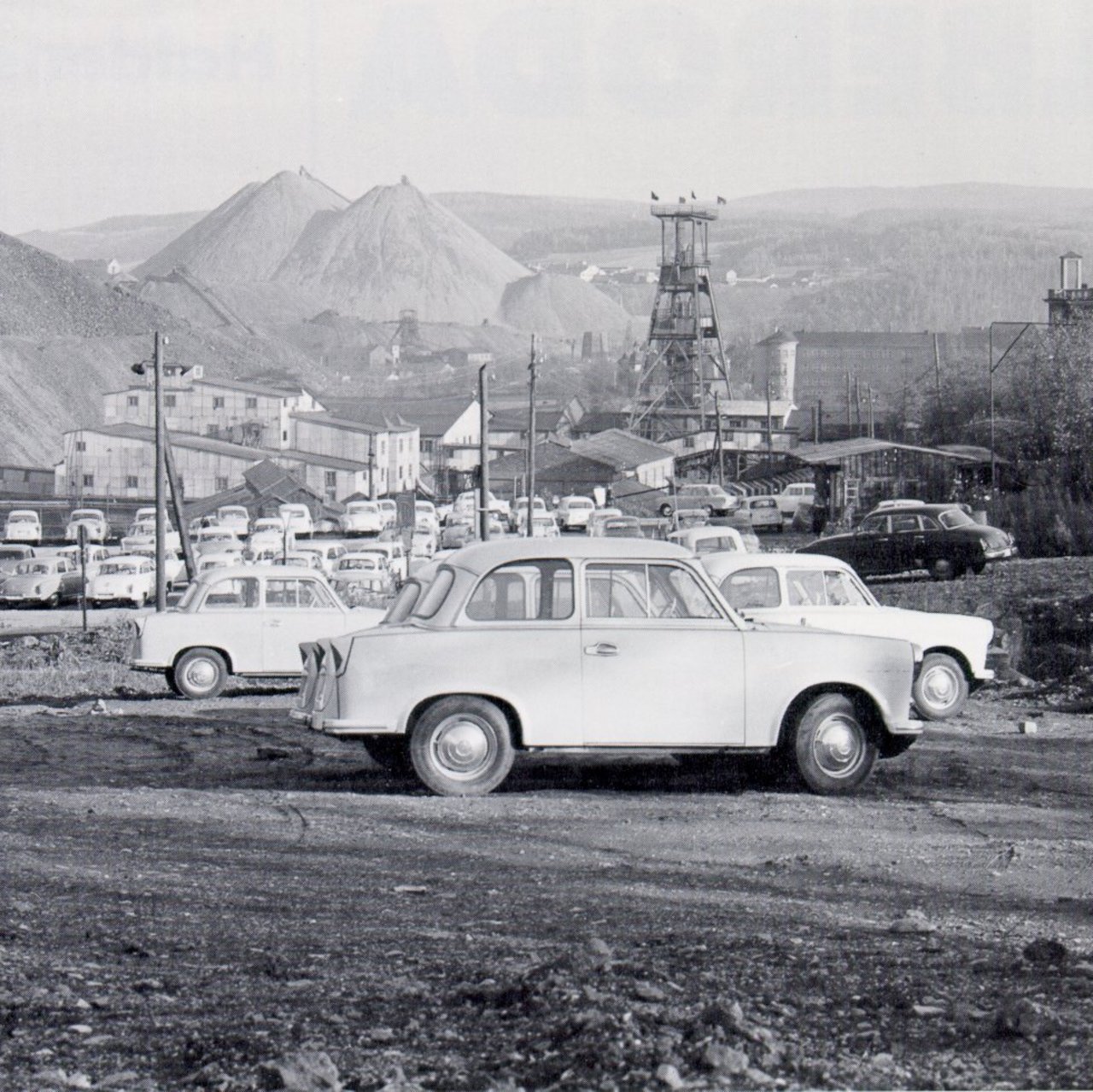
January 1, 1954
Founding of the Soviet-German stock corporation (SDAG) Wismut as a dual-state company
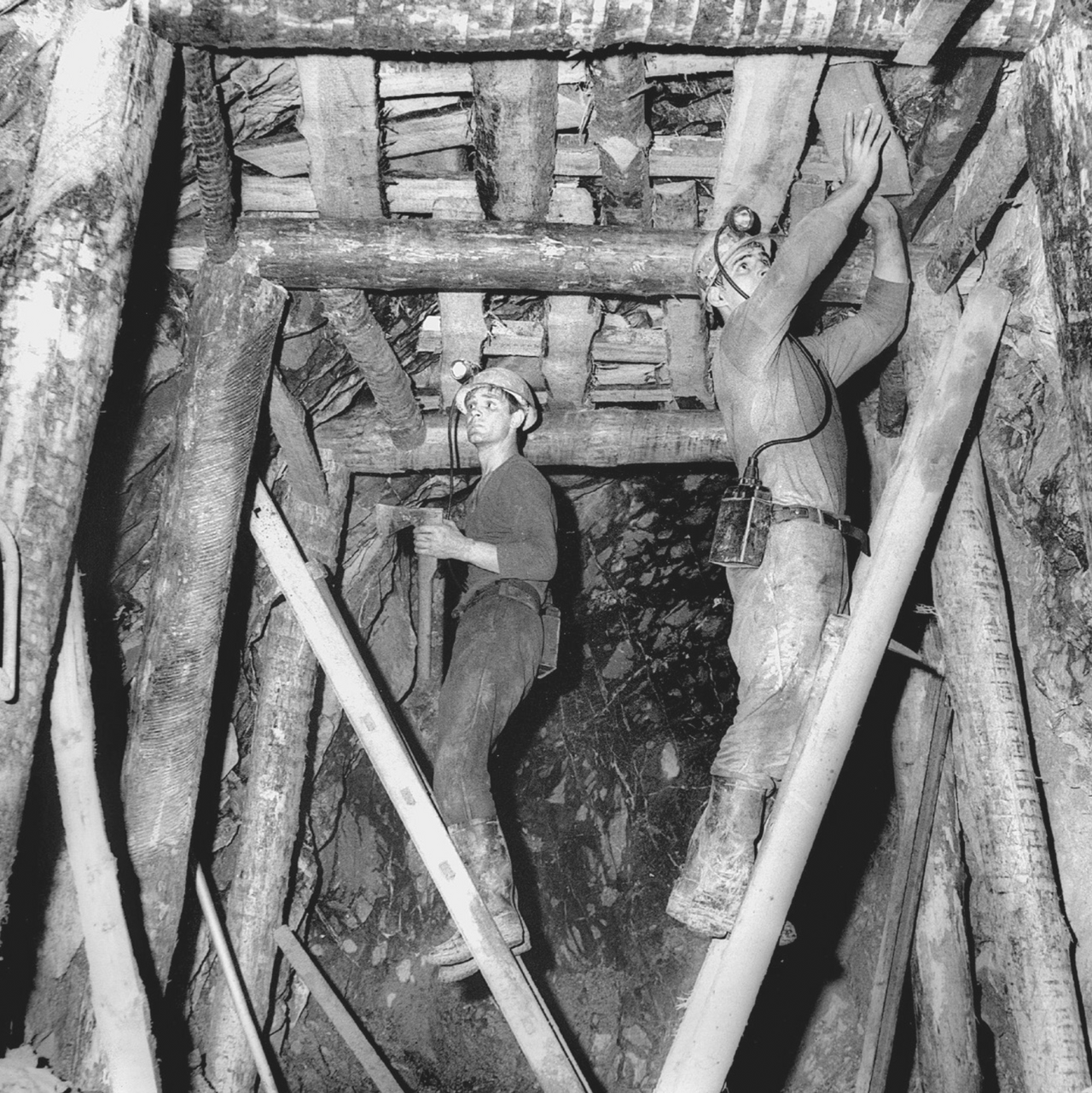
1967
Highest annual production of 7110 t of uranium
March 11, 1985
After his election as General Secretary of the CPSU, M. S. Gorbachev initiated the end of the arms race and the accelerated withdrawal of the USSR from the SDAG Wismut
April 27, 1987
Resolution of the GDR Council of Ministers to restrict uranium production: termination of the activities of the “Willi Agatz” mining operation and the processing operation 101 Crossen on December 31, 1989 and conversion of the Beerwalde mining operation (Nagema Combine)
German unity
3.10.1990
October 3, 1990
As a shareholder, the Federal Ministry of Economics takes over 50% of the company's share

December 31, 1990
Cessation of scheduled uranium production and preparation of cleanup
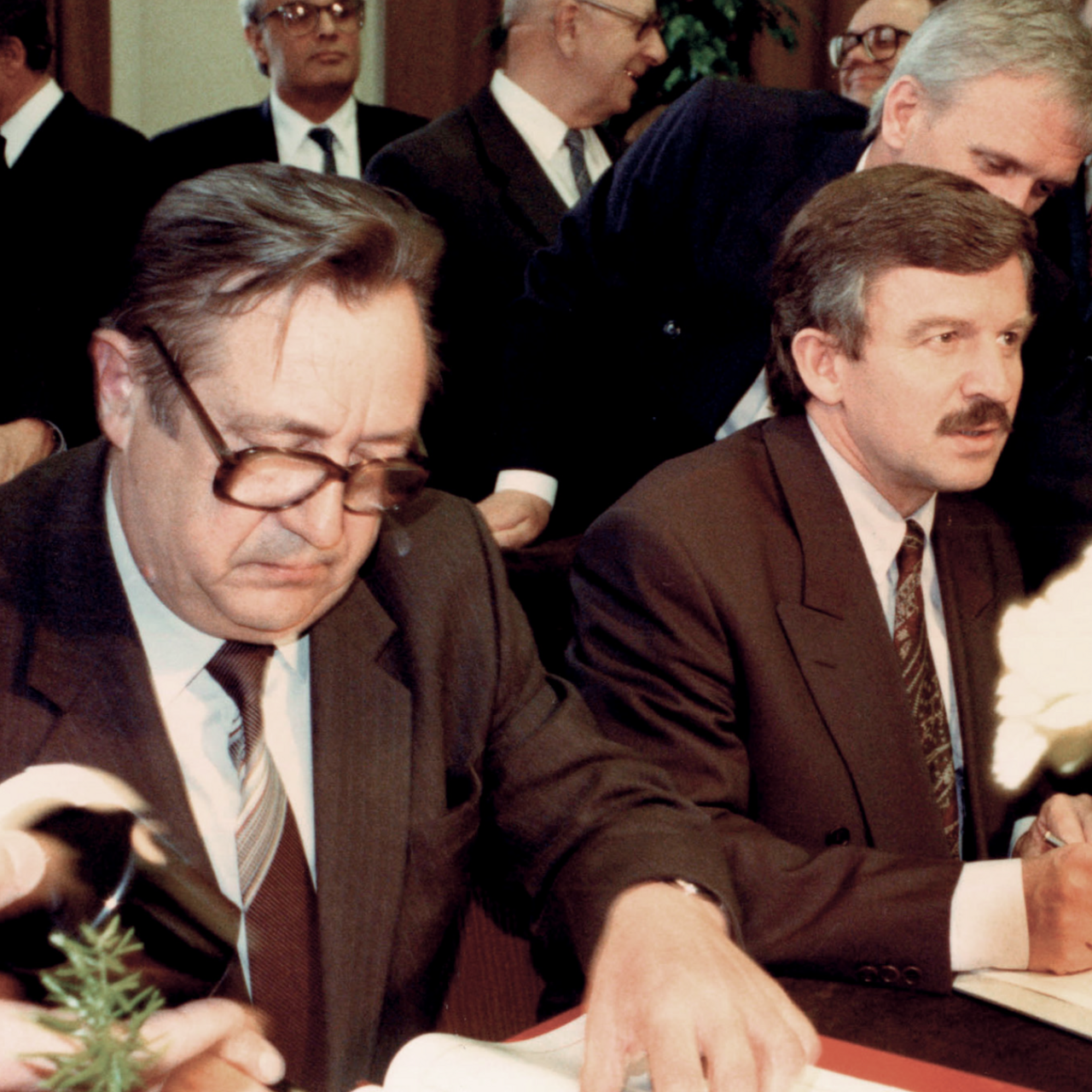
May 16, 1991
Signing of the intergovernmental agreement to terminate the joint activities of SDAG Wismut by the Federal Minister of Economics and the Minister of Atomic Energy and Industry of the USSR. Takeover of the 50% Soviet share
October 30, 1991
Passing of a law on the agreement of May 16, 1991 in the Bundestag (so-called Wismut Law)
December 16, 1991
Meeting of the board of SDAG Wismut: Discharge of the board and the management of the general management – end of the activity of SDAG Wismut
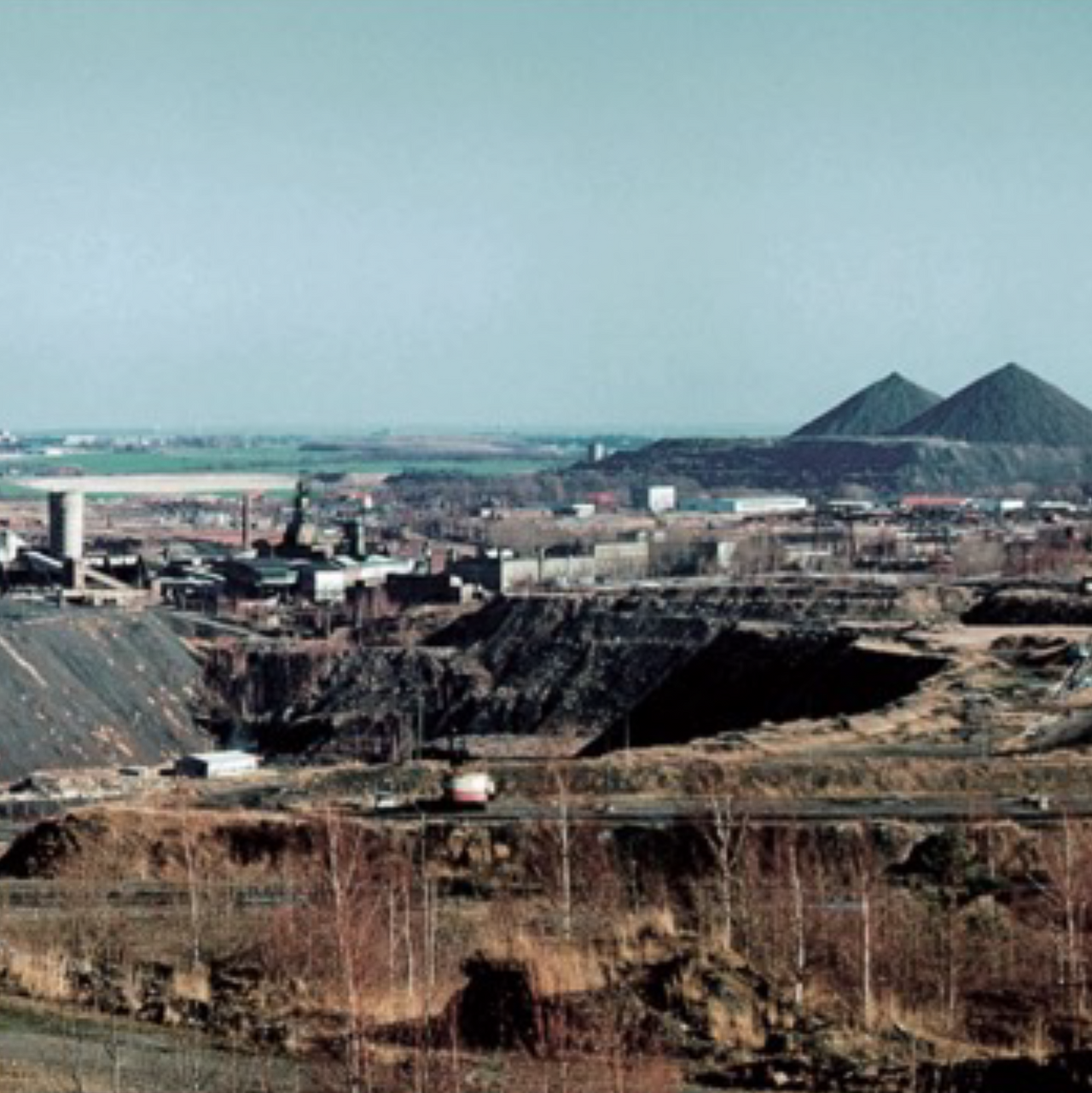
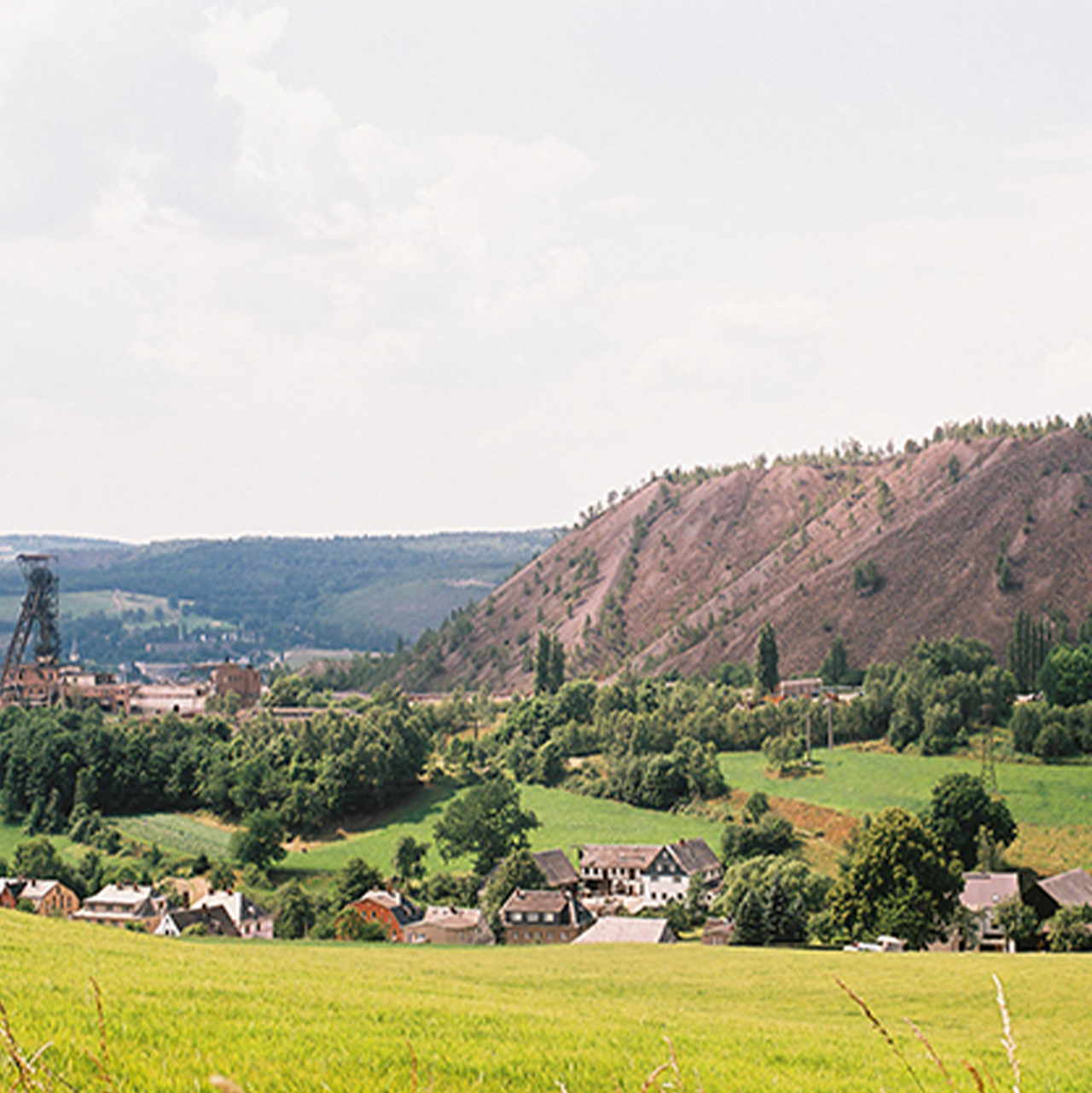
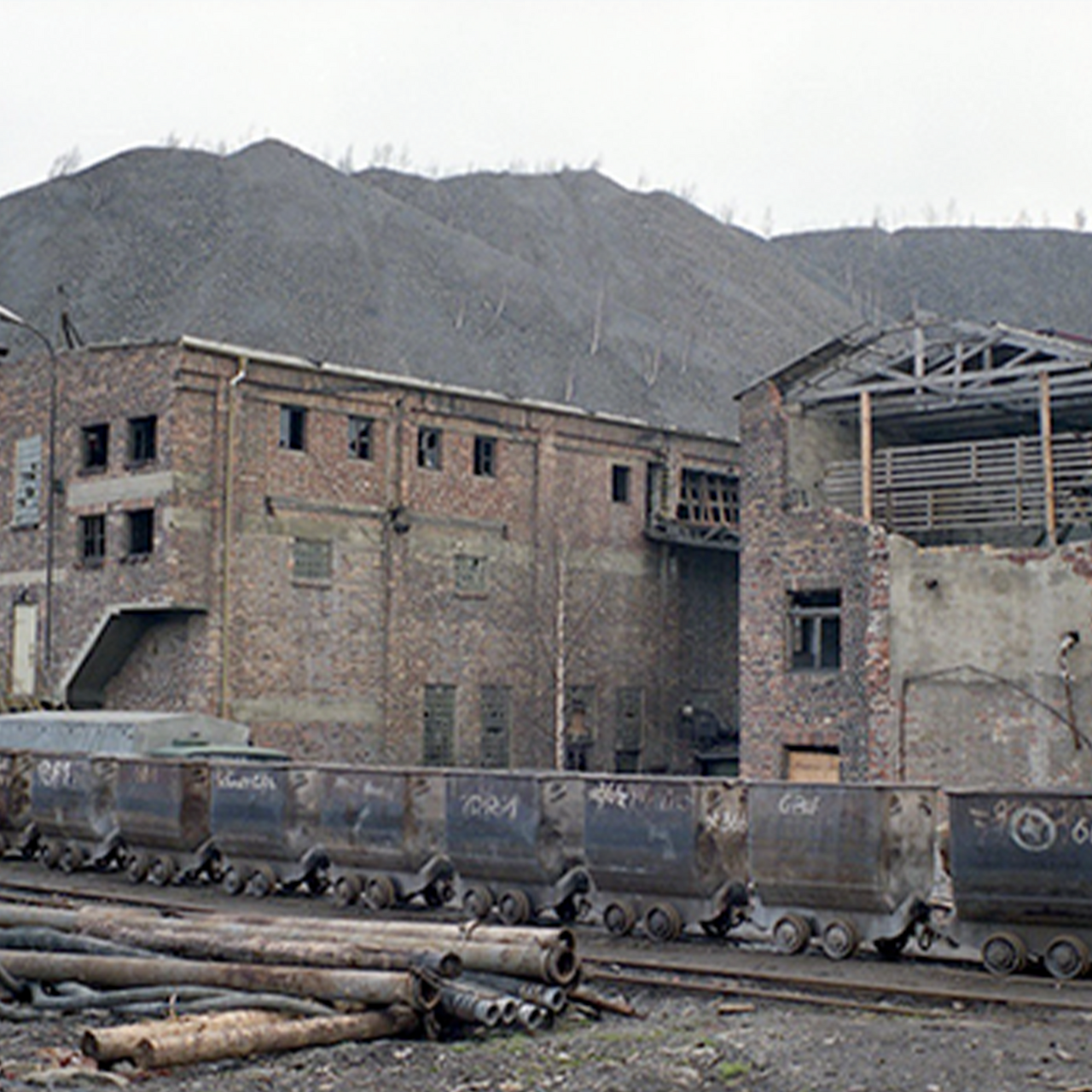
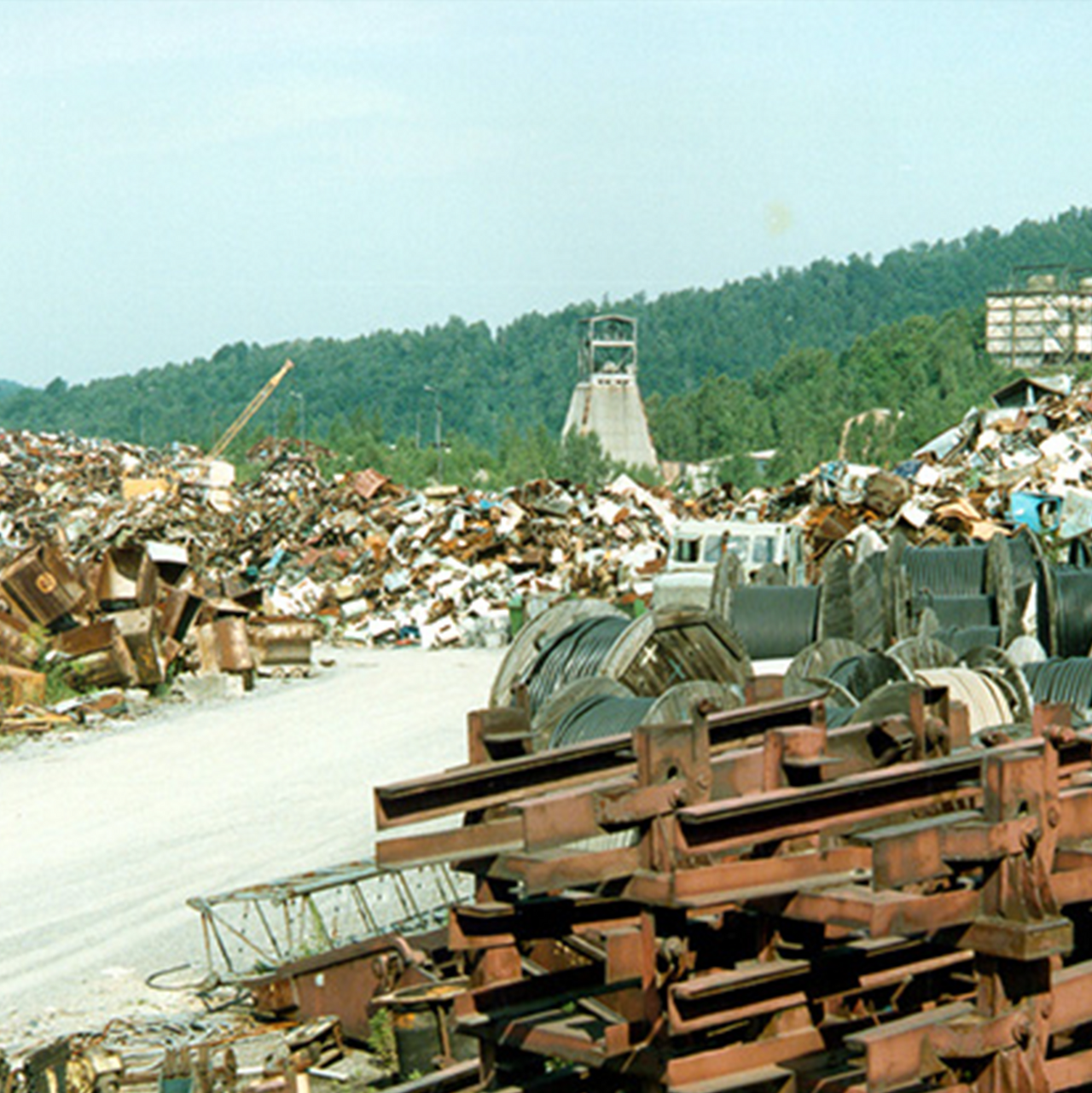
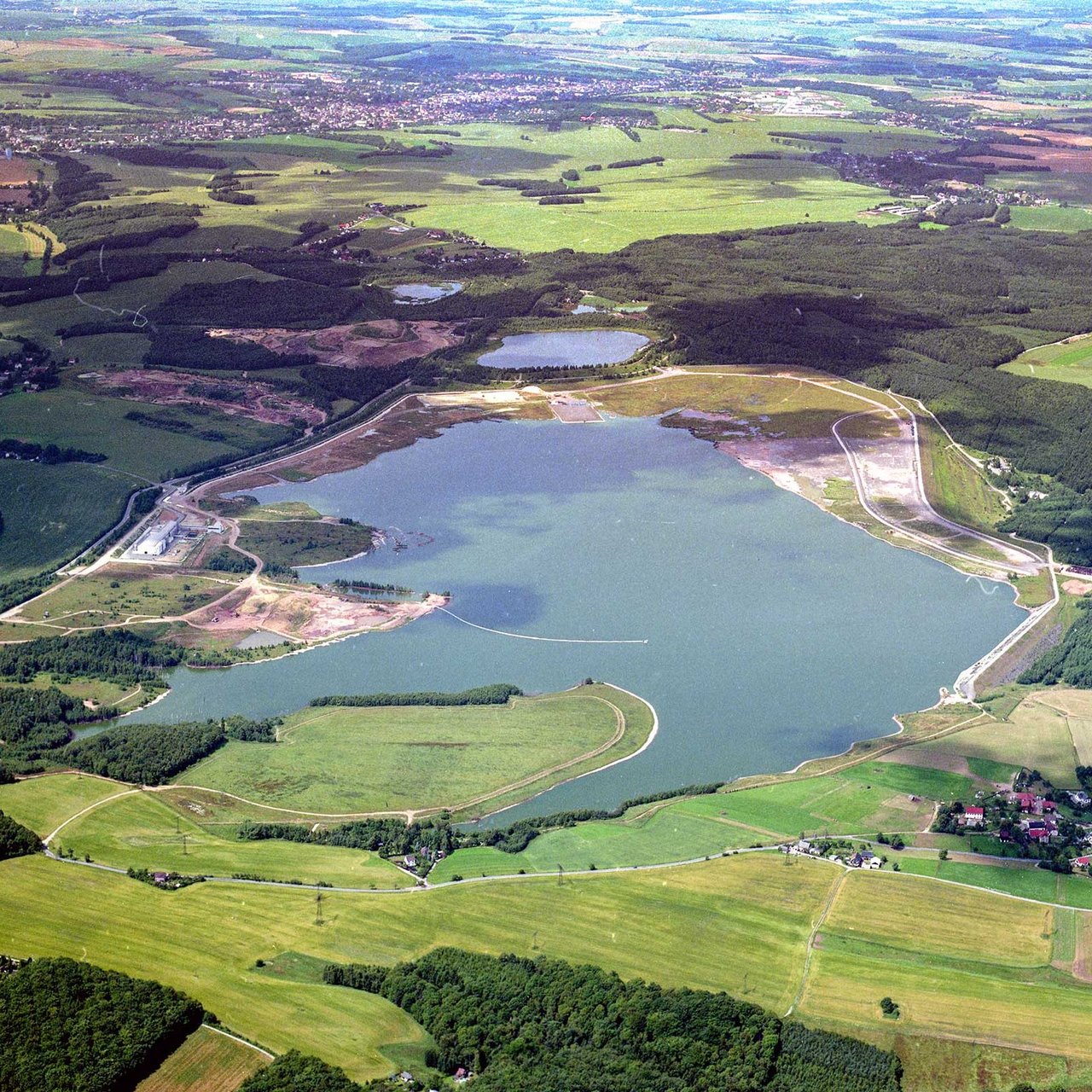
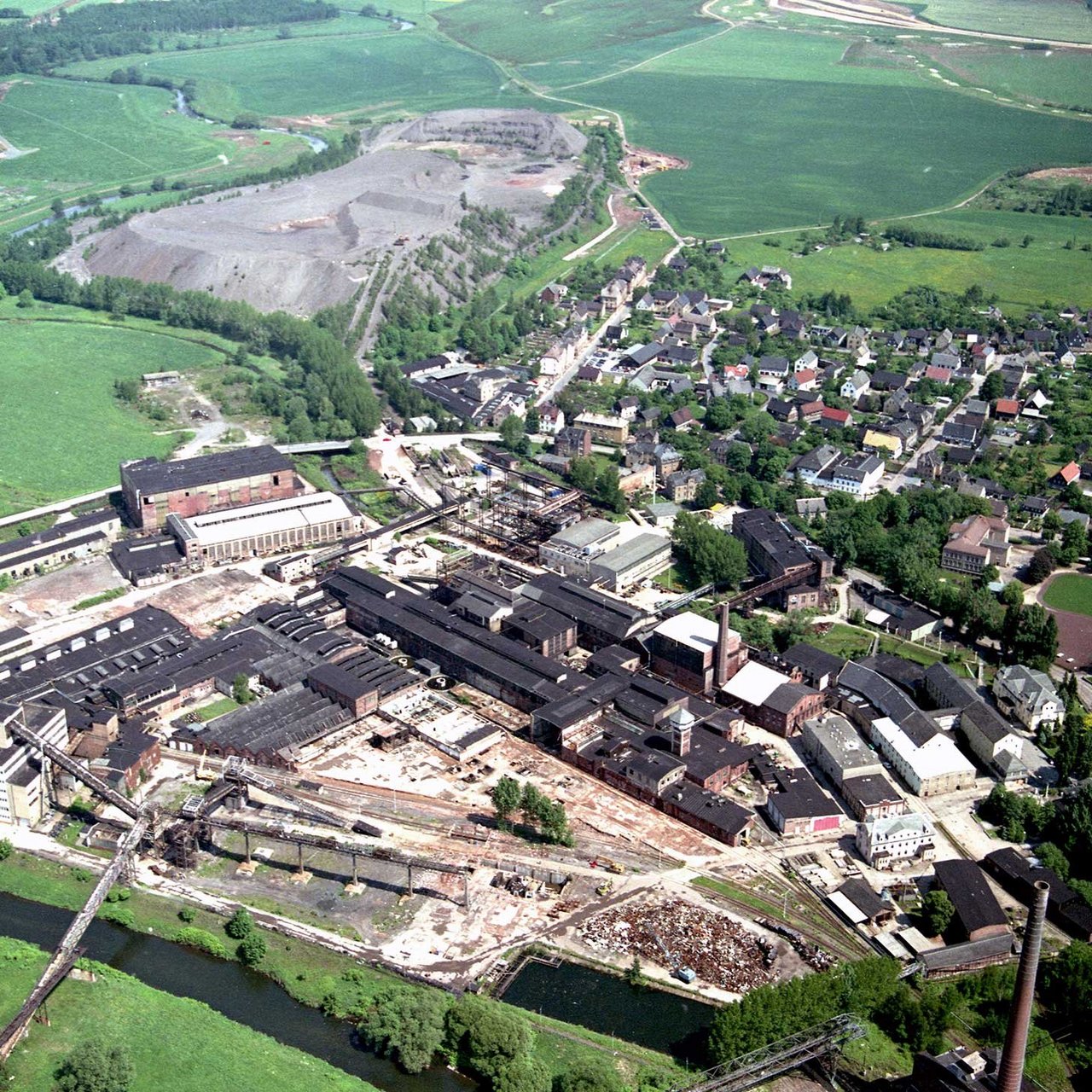
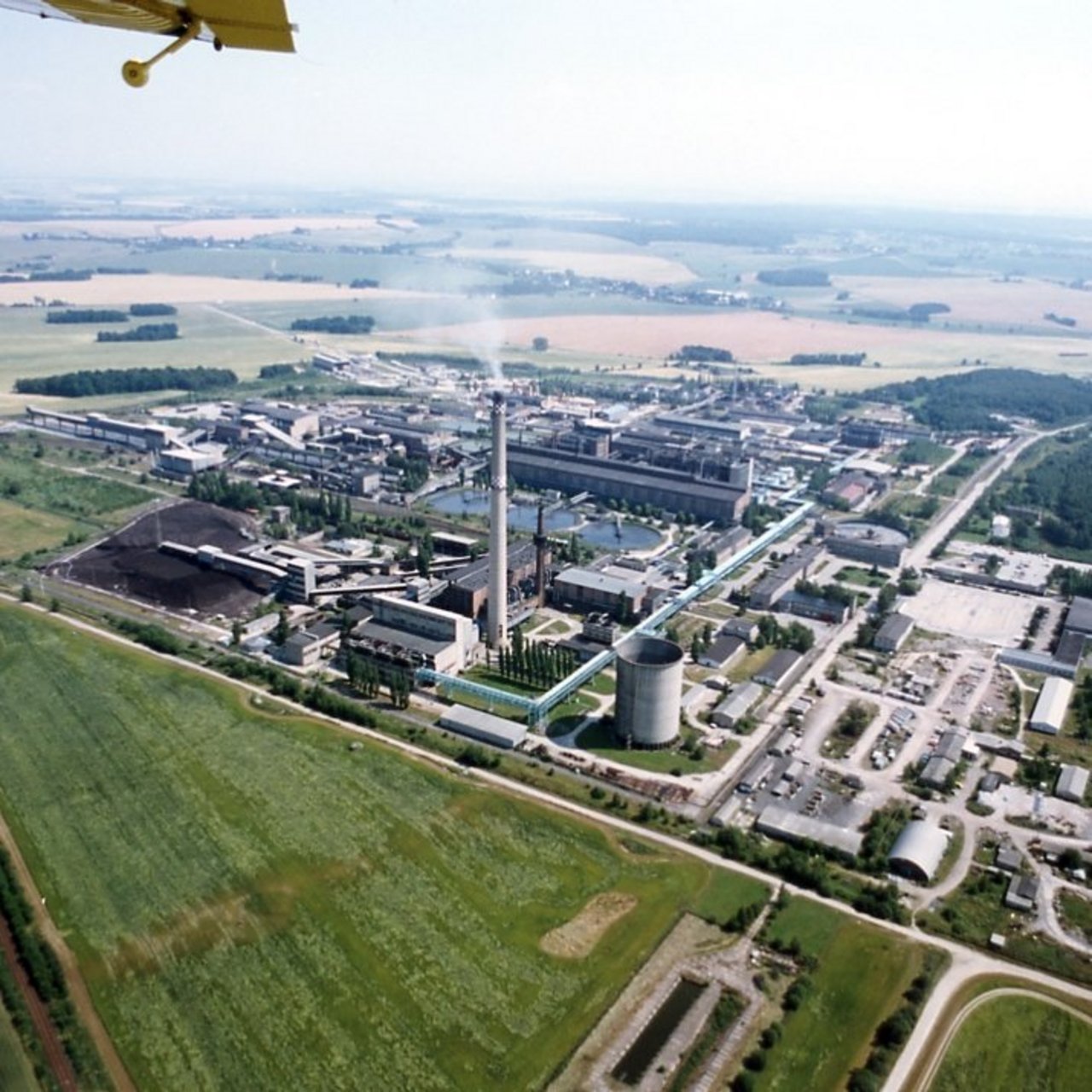
December 18, 1991
Wismut-law to clean up the legacy of uranium ore mining comes into force
Wismut GmbH
Wismut GmbH
since 1991
December 20, 1991
Conversion of SDAG Wismut into Wismut GmbH as a company of the Federal Republic of Germany

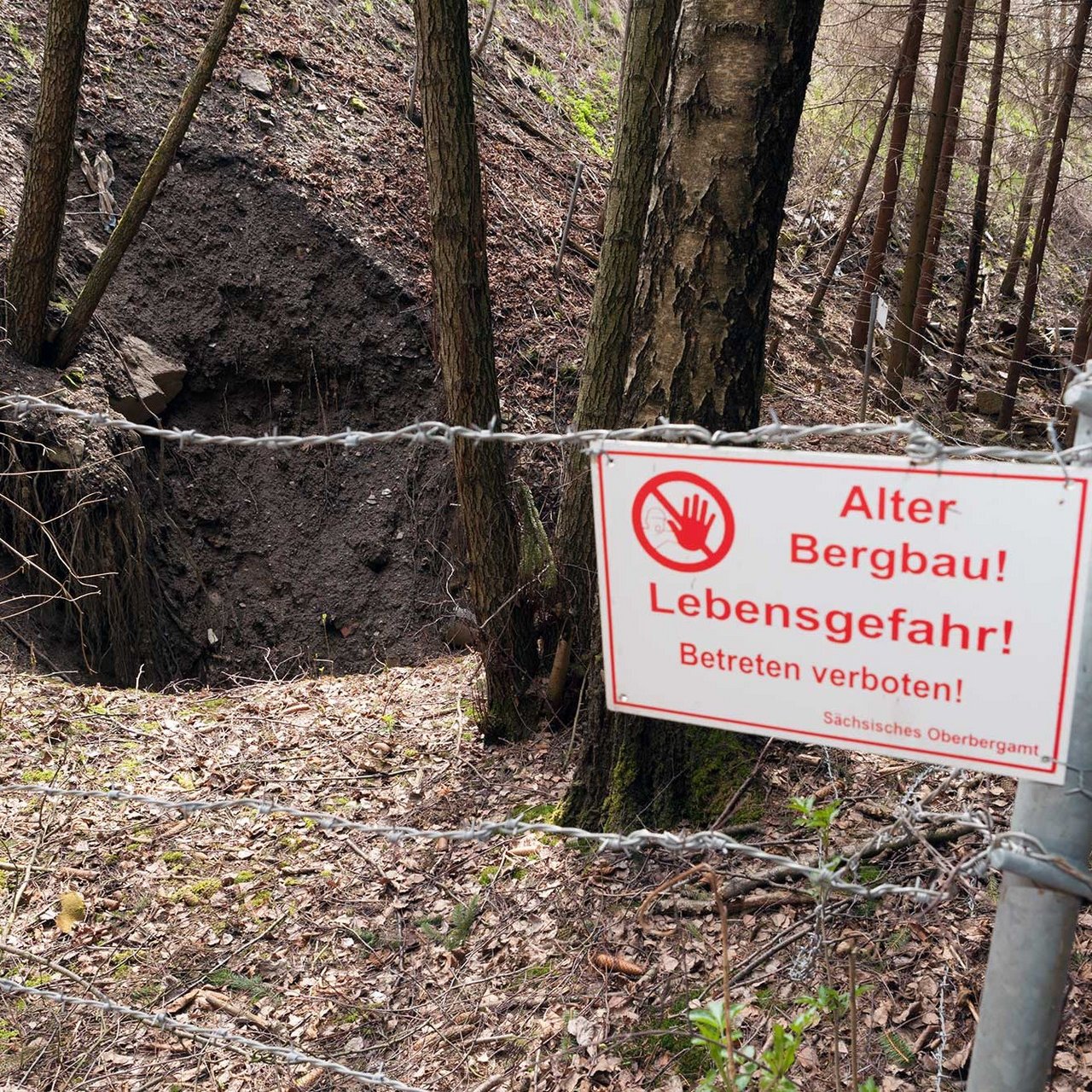
September 5, 2003
Administrative agreement between the federal government and the Free State of Saxony for the rehabilitation of old Saxon bismuth sites (until 2012) with the supplement (in 2013) until 2022 and the 2nd supplement (in 2019) until 2035
2020
Update of the renovation program with an outlook until 2050
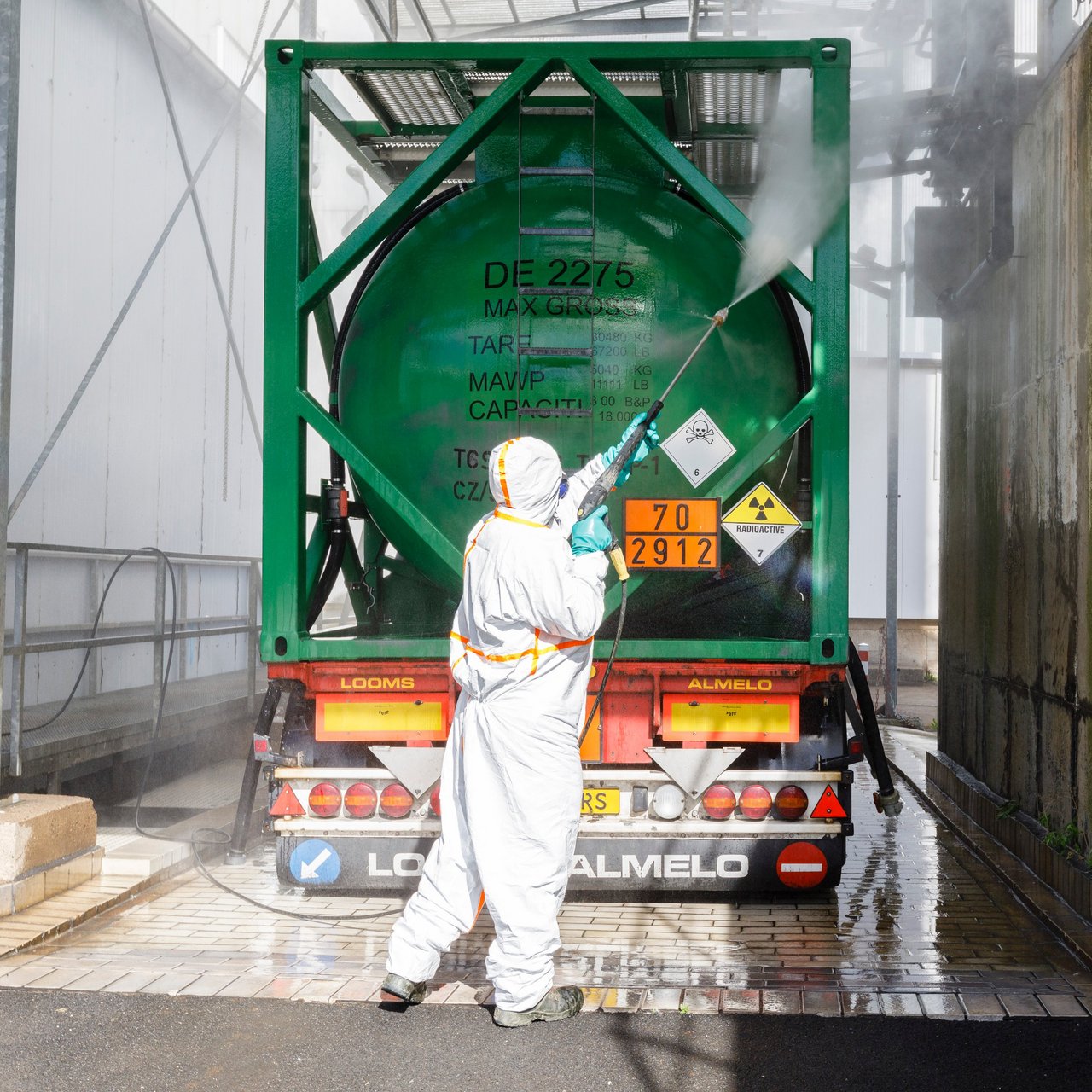
June 1, 2021
Last uranium transport from Wismut GmbH (19.5 t mixture of water and uranium oxide, which was separated during water purification at the Wismut site in Königstein).

November 29, 2021
Founding of the Wismut Stiftung gGmbH to preserve, communicate, present and research the Wismut heritage
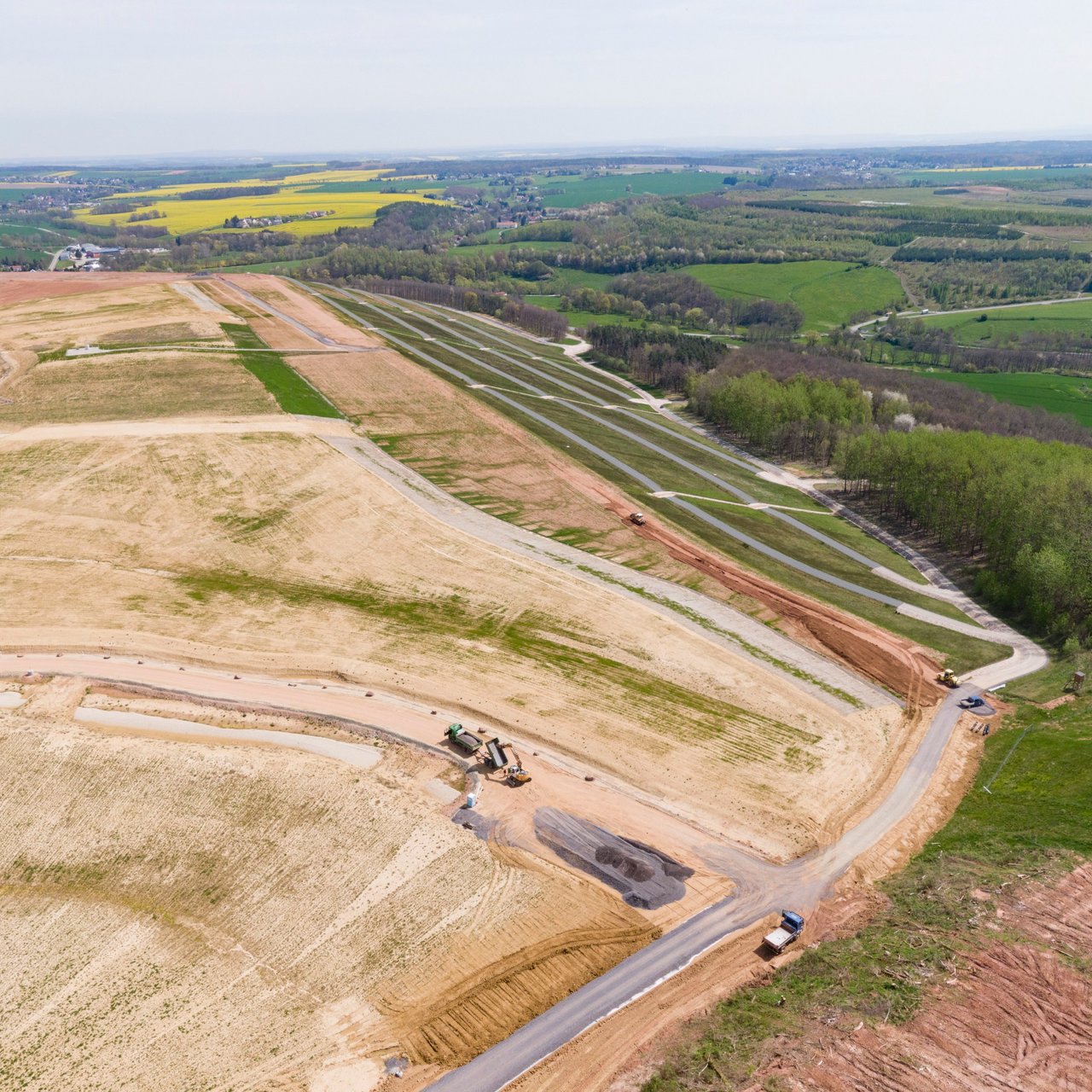

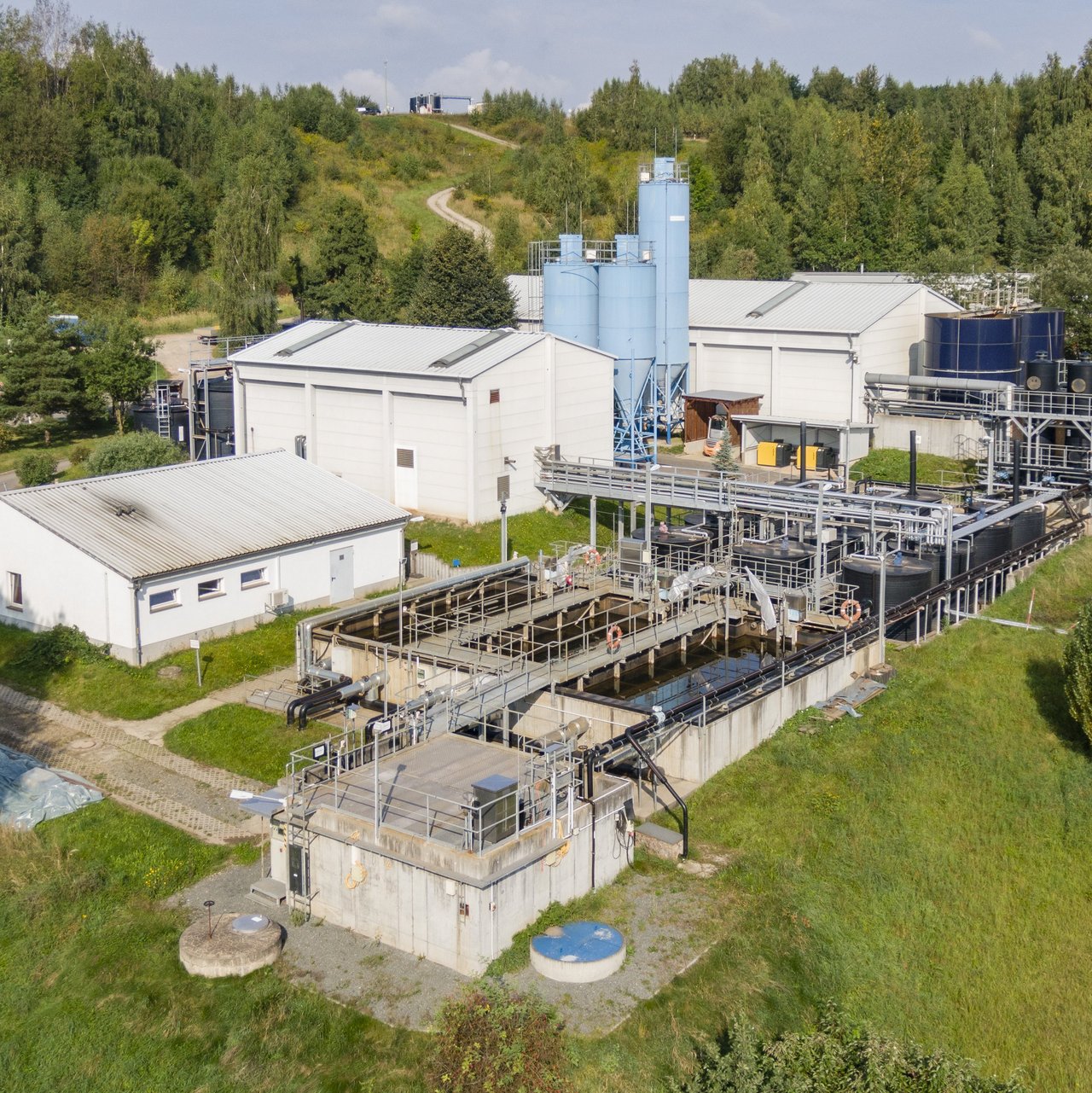
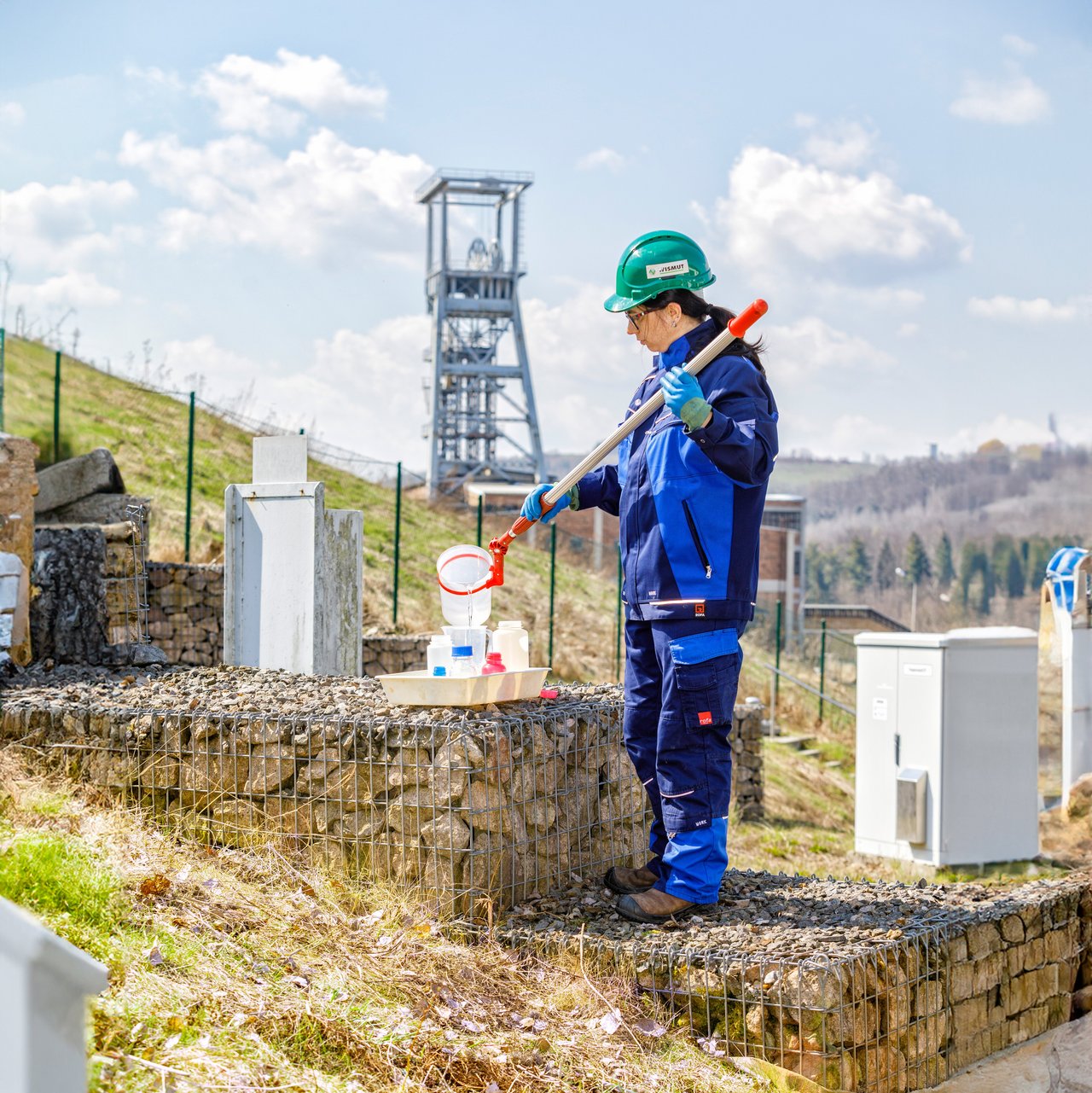

2028
Completion of the most important renovation projects, continuation of long-term tasks indefinitely


